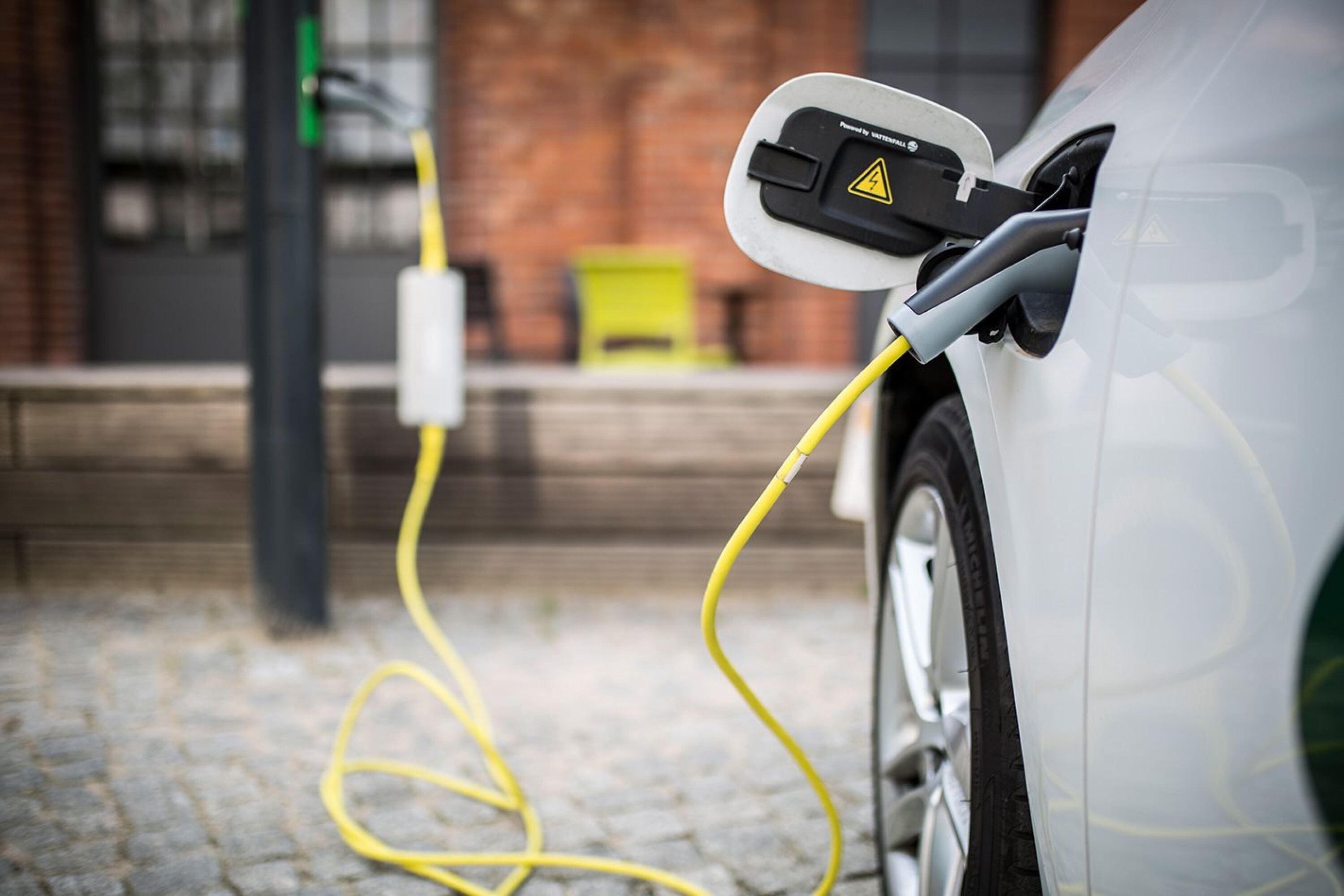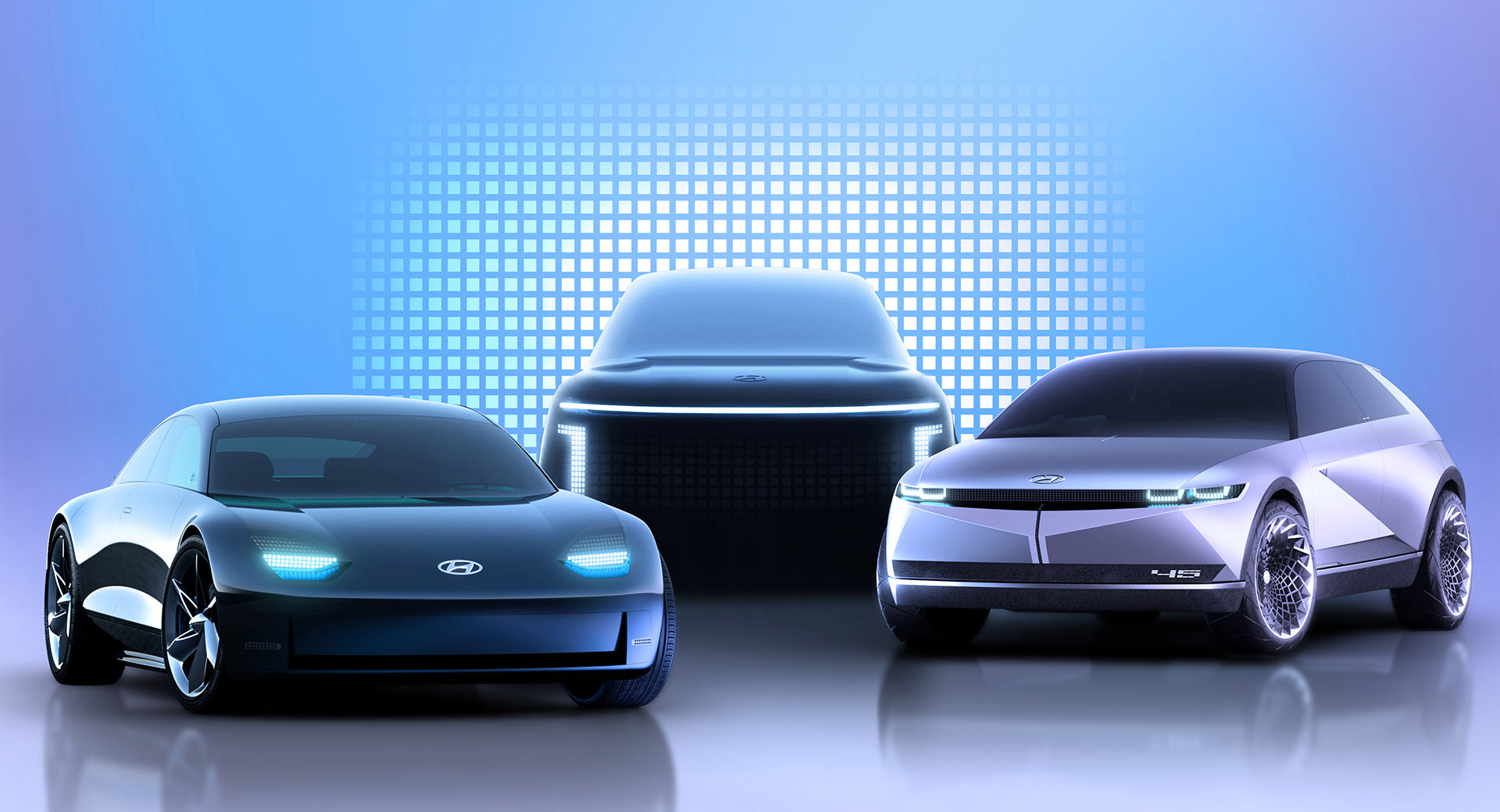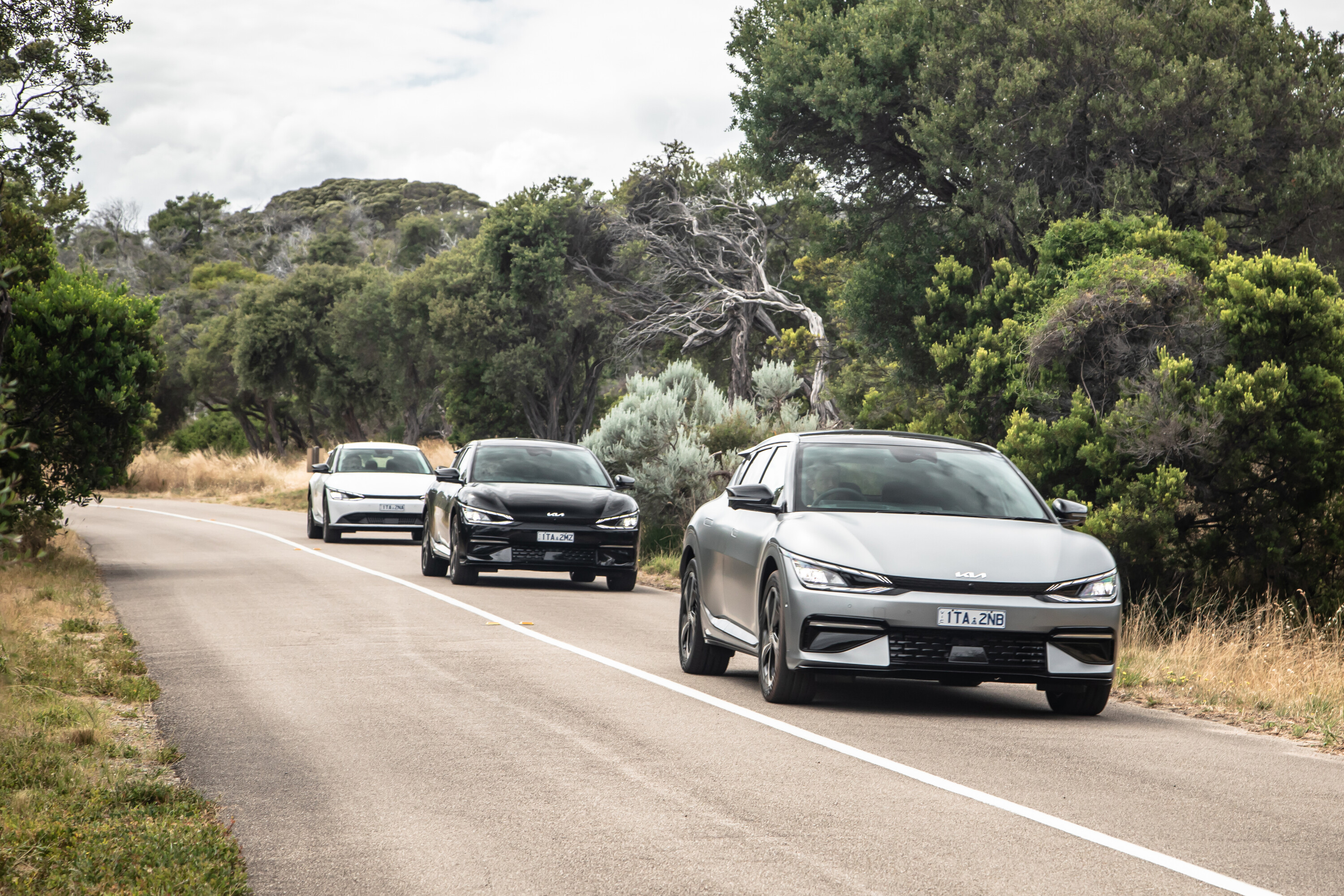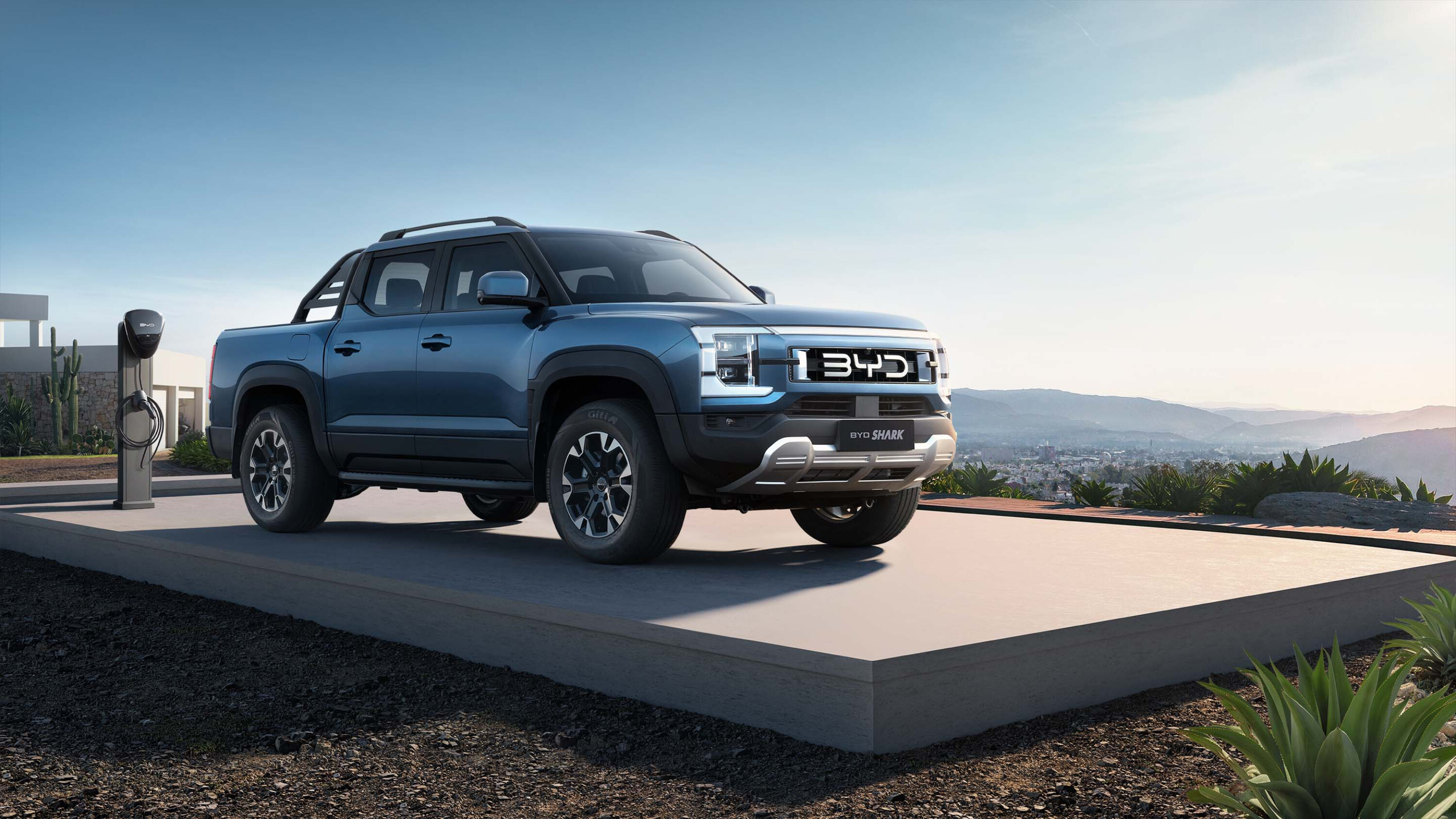
A new report argues regional Australians would most benefit from fuel-efficiency mandates and switching to electric vehicles.
Snapshot
- EVs could save $4 billion in fuel costs for regional Australians over five years
- Limited model choice, driving range and higher price are key issues right now
- Strict fuel-efficiency standards needed to address main obstacles
The Recharging the Regions report by Solar Citizens used 2021 data from the Australian Bureau of Statistics’ Census and National Transport Commission to claim that regional drivers can save up to $4 billion in fuel costs over five years – and help offset cost-of-living concerns.
That’s if the federal government introduced fuel-efficiency standards comparable to the European Union by setting a 95g of carbon dioxide (CO2) per kilometre average limit for carmakers to meet in the first year – which subsequently gets tighter every year to zero-emissions after 10 years.
The organisation argues it benefits regional motorists more than urban drivers because they typically drive longer distances, spend a higher percent of weekly earnings on transport costs, regional fuel prices are more expensive, and car ownership is higher.

There are five million passenger vehicles in regional Australia, with an average annual fuel bill of $11.9 billion.
Solar Citizens ‘conservatively’ estimates a starting 95g of CO2/km mandate will boost the regional EV fleet from 3000 in 2020 to 45,000 in just the first year of the standard.
In a more ambitious scenario, where it starts at 95g of CO2/km and reaches zero-emissions in five years, the interest group estimates it would save regional Australians around $5 billion in fuel costs over five years.

Strict emissions standards needed
A vehicle emissions standard that financially penalises car brands for exceeding the set threshold per year – based on the average exhaust emissions of all vehicles sold – will encourage manufacturers to bring more EV supply to Australia, more (and better) model choices, and ultimately drive down prices.
It’s worth noting that most current EV models only provide between 300 to 600 kilometres of driving range, and there’s only one new electric ute on sale – so they don’t suit every regional Australian (for now). However, they do benefit from better charging accessibility at home.

Ahead of the anticipated National Electric Vehicle Strategy later this year, Solar Citizens also urged the federal government to:
- Target zero-emissions by 2035 in order to meet Paris Climate Accord agreements;
- Reduce the average emissions threshold at a faster rate annually in order to catch up to other countries;
- Set significant manufacturer penalties that outweighs any commercial benefits of exceeding the limit;
- Higher-emitting light commercial vehicles can have a higher starting limit, but should still achieve zero-emissions by 2035;
- Use a government body, such as the Australian Competition and Consumer Commission (ACCC), to ensure any penalties are not passed on by carmakers to consumers;
- A government agency should be responsible for enforcing the mandate, with regular reviews at least every two years;
- No loopholes such as ‘super credits’ can be used or transferred;
- Use World Light Vehicle Harmonised Testing Procedure (WLTP) measurements;
- Ensure carmakers equitably prioritises a variety of low- and zero-emissions vehicles, including utes that suit regional Australians; and
- Continue incentives, such as the fringe benefits tax (FBT) exemption scheme, while increasing charging accessibility.

Australia’s best electric cars for 2023
We’ve tested nearly every EV below six figures in Australia to rank the best on sale today
How Australia is lagging behind
Australia remains the only economically-developed country besides Russia to not have any vehicle emissions standard.
For context, global leader Norway has already achieved a 28g of CO2/km average in 2021 – although it has often been noted that Norway contributes to global emissions in its own way, having exported $61 billion worth of cruel petroleum in 2021 alone.
Last week, the US proposed even stricter fuel-efficiency standards from 2027 that, if passed, could see 67 per cent of light-duty vehicles be all-electric – while saving its economy more than $1.5 trillion in health, imported oil and other expenses.
Meanwhile, the European Union is pushing ahead with a 2035 ban on the sale of new internal combustion-engined vehicles that don’t run on synthetic fuels, plus setting strict Euro 7 emissions rules in 2025 to further accelerate the electric transition.
⚡ More EV stories to help you choose the best car for your needs
We recommend
-
 News
NewsHyundai's Australian EV supply set for a big boost
Korean giant aims to bring sexy back and double EV supply to Australia within 12 months
-
 News
NewsDemand won’t grow EV supply – CO2 rules will
If Australians want more affordable EVs, they'd better push the Government for CO2 regulations – now
-
 News
News2023 Kia EV6 wait times fall to around 3 months, backlog to soon clear
Kia has severely trimmed EV6 wait times, with new buyers promised a (relatively) short three month turnaround




